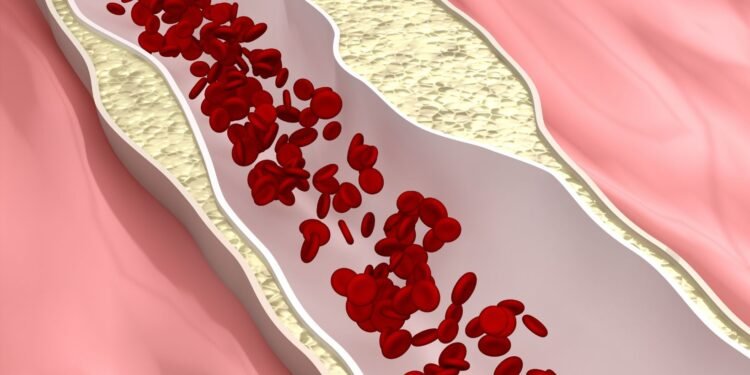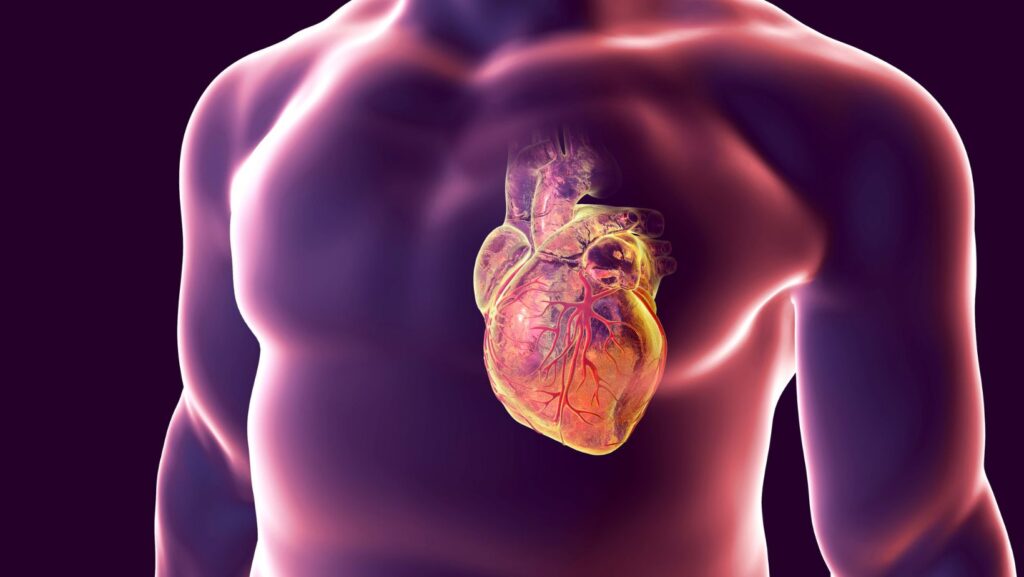Coronary microvascular disease, also known as small vessel disease, is a condition where the small arteries in your heart become damaged and do not dilate as usual. Small vessels need to enlarge to provide oxygen-rich blood to the heart effectively. The damage to small vessels causes decreased blood flow to your heart. The symptoms of the microvascular disease Sebring are similar to those of heart attack. It can be challenging to differentiate it from other heart disorders without proper tests. The coronary microvascular condition can cause severe complications like heart attack, heart failure, or death if left untreated.
Symptoms
If you have coronary microvascular disease, you can show symptoms like breathing shortness, fatigue, nausea, dizziness, and fainting. You can also experience pain in your mandible, neck, left shoulder, arm, abdomen, or back. Angina chest pain and pressure lasting more than ten minutes are other symptoms of small vessel disease. You can have these symptoms after your regular activities or when experiencing stress.
Diagnosis
Sometimes it can be challenging for your doctor to make the correct diagnosis through your symptoms. Therefore you may need further tests, including:
Sestamibi Nuclear Stress Test: This test involves walking on a treadmill using a stationary bike or getting medication that will make your heart work harder. Your doctor will use the information from these processes to check blood flow and supply in your heart when under stress. They can also help observe blood flow from the larger coronary arteries to your heart.
Catheterization with coronary flow reserve (CFR): This is the best test for coronary microvascular disease. Your specialist will guide a long, thin tube called a catheter through your coronary arteries to check for blockages. The specialist can recommend medications to observe how well your coronary vessels function. CFR is only available in a few hospitals.
Cardiac perfusion MRI or PET scans: PET scans show detailed heart structures and blood vessels. Your doctor includes a contrast liquid to see how well your blood vessels function. These tests can confirm you have microvascular disease once atherosclerosis or larger vessels have been omitted.
Treatment
Microvascular disease treatments focus on relieving symptoms and helping your blood vessels work better. The treatments include:
Medications: There are various medications used to treat microvascular disease. They include aspirin, which can help reduce inflammation and eliminate clotting, and ranolazine helps ease chest pain. Calcium Channel Blockers can help relax the muscles surrounding coronary arteries, increasing blood flow. Ace inhibitors therapy can lower your blood pressure and open up blood vessels. Beta-blocker therapy can also slow your heart rate and decrease blood pressure.
Lifestyle habits: Changing your lifestyle habits can help manage your microvascular disease. These habits involve getting regular exercises, managing your diabetic condition, controlling high blood pressure, and avoiding smoking or using tobacco products. Maintaining an average weight and eating a healthy diet can also help manage your microvascular condition.
The coronary microvascular disease can cause life-threatening conditions, so you should seek immediate medical attention if you show symptoms. Schedule an appointment at Vein & Cardiovascular Center for microvascular disease treatment to prevent further complications.















































































































